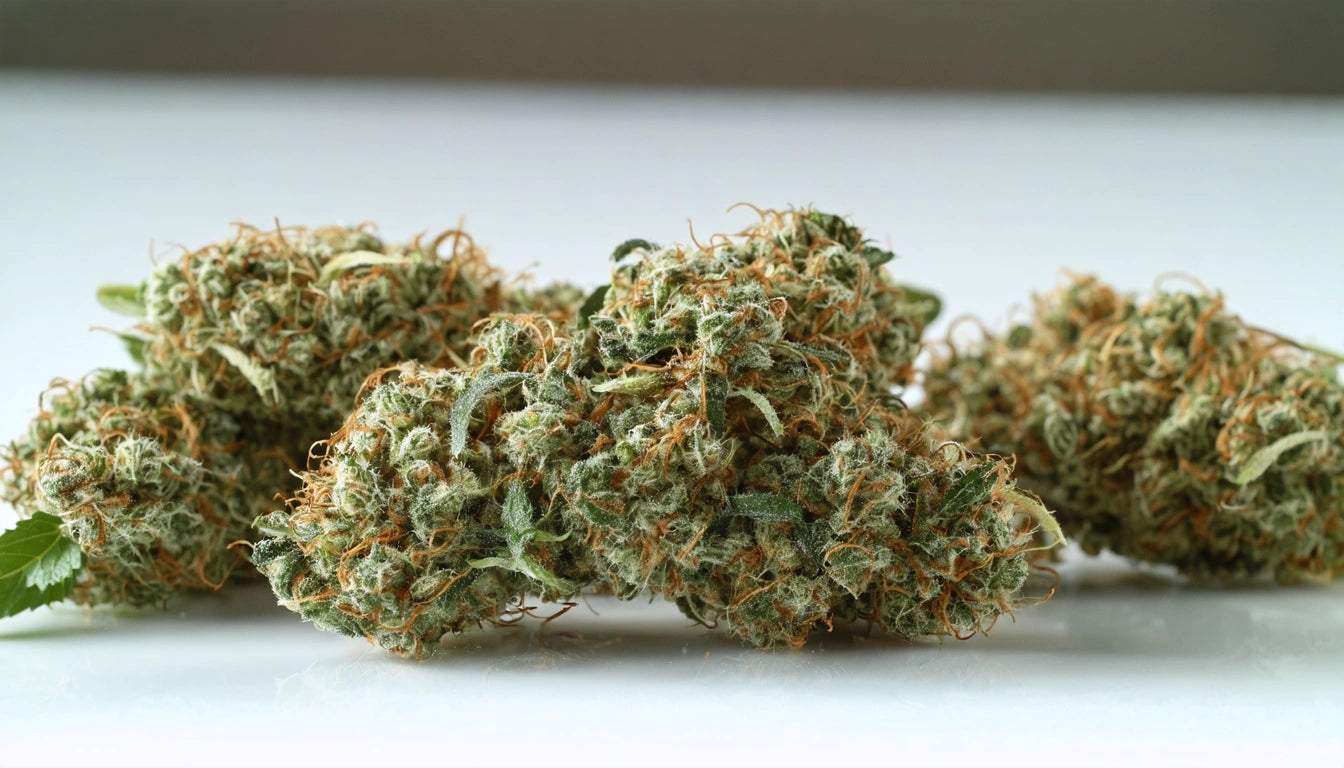Table of Contents
Setting the right price for your cannabis product is a critical business decision that impacts everything from market perception to long-term profitability. With the cannabis industry's unique regulatory challenges and rapidly evolving market dynamics, strategic pricing requires both art and science. This guide explores proven approaches to developing pricing strategies that balance competitiveness with sustainable margins.
Understanding Cannabis Pricing Fundamentals
Cannabis product pricing differs significantly from traditional consumer goods due to regulatory compliance costs, taxation structures, and market-specific constraints. Before determining your price point, you must understand the fundamental components that influence cannabis pricing:
- Production costs (cultivation, extraction, manufacturing)
- Compliance and testing expenses
- Packaging and labeling requirements
- Distribution fees and retail markups
- State-specific taxes and fees
Each of these elements creates a floor beneath which pricing becomes unsustainable. According to our comprehensive pricing guide, manufacturers should aim for a minimum 30% margin after accounting for all these factors.
Cost Analysis and Margin Structure
Production Cost Breakdown
Start with a detailed analysis of your production costs. For manufactured products like concentrates or edibles, this includes raw materials, equipment depreciation, labor, and operational overhead. Efficiency in production can significantly impact your pricing flexibility. For instance, investing in commercial-grade processing equipment can reduce labor costs and improve consistency, allowing for more competitive pricing while maintaining margins.
Packaging and Compliance Costs
Packaging represents a substantial cost component, especially with stringent regulatory requirements. Product-specific packaging regulations affect your bottom line and must be factored into your pricing strategy. Child-resistant packaging, proper labeling, and compliance with state-specific requirements all add to your cost structure.
Market Research and Competitive Positioning
Understanding your target market is essential for effective pricing. Thorough market research helps identify price sensitivity, competitive landscapes, and consumer expectations in your specific segment.
Competitive Analysis
Survey the pricing of similar products in your target market. Consider factors such as:
- Price points of direct competitors
- Quality positioning (value, premium, luxury)
- Promotional strategies and discounting patterns
- Package sizes and price-per-unit metrics
This analysis helps identify gaps in the market where your product might find a competitive advantage through strategic pricing.
Value Proposition Alignment
Your price must align with your brand's value proposition. Premium products command higher prices but must deliver corresponding quality and experience. Value-oriented brands compete on price but must maintain acceptable quality standards. The decision between in-house production and white labeling, as explored in this comparative analysis, significantly impacts your cost structure and pricing flexibility.
Pricing Strategies for Different Product Categories
Different cannabis product categories have unique pricing considerations based on production complexity, consumer expectations, and competitive landscapes.
Flower Pricing
Cannabis flower typically follows tiered pricing based on quality, potency, and cultivation method. Premium indoor-grown flower commands higher prices than greenhouse or outdoor products. Consider price-per-gram metrics and how they scale across different package sizes.
Manufactured Products
For concentrates, edibles, and vape products, pricing often reflects extraction method, potency, and ingredient quality. Production efficiency becomes particularly important for these processed products, where economies of scale can significantly impact margins.
Market Entry Pricing
When launching new products, consider whether to enter with premium pricing to establish quality positioning or promotional pricing to gain market share. Pre-launch marketing strategies can support either approach by building appropriate expectations.
Pricing Adjustments and Long-Term Profitability
Pricing is not a set-and-forget decision. Successful cannabis brands continuously evaluate and adjust their pricing strategy based on market feedback, performance metrics, and changing conditions.
Establish clear key performance indicators to assess your pricing strategy's effectiveness. These might include:
- Velocity (units sold per time period)
- Margin retention
- Market share
- Customer acquisition cost
- Repeat purchase rates
When working with distributors and retail partners, understand how your wholesale pricing affects the final retail price. Many retailers expect specific markup percentages, which constrains your pricing flexibility.
Consider your expansion strategy as well. Single-state versus multi-state launches present different pricing challenges, as each market has unique competitive dynamics and regulatory costs.
Finally, remember that regulatory changes can dramatically impact your cost structure. Stay informed about licensing and regulatory developments that might necessitate pricing adjustments to maintain profitability.











Leave a comment
All comments are moderated before being published.
This site is protected by hCaptcha and the hCaptcha Privacy Policy and Terms of Service apply.